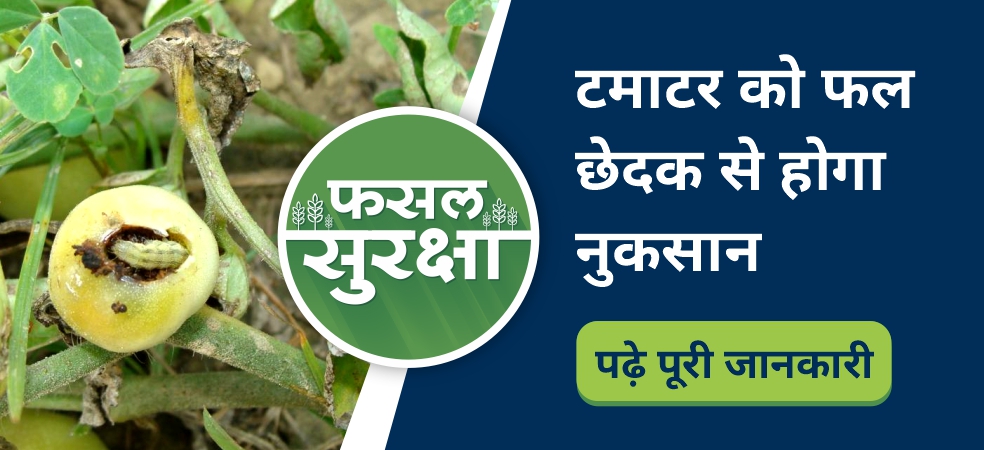-
Fruit cracking is a major problem in tomato crops which is also known as blossom end rot. Mainly this problem is seen due to the deficiency of calcium and boron, but there can be many other reasons which are as follows –
-
Due to irregular irrigation.
-
Due to high fluctuations in temperature, the use of mulch in the field is beneficial for this.
-
Due to giving more nitrogen and less potash in the crop, for this use balanced manure and fertilizers in the field.
-
If the tomato is planted in light loamy soil, then this problem is more visible because this type of soil is generally deficient in boron, for its management following suggestions can be adopted.
-
For this, calcium ammonium nitrate @ 20 kg/acre can be applied to the soil after 25 days of transplanting.
-
Use Calbor @ 5 kg per acre after 40 days of transplanting.
-
Apply calcium nitrate @ 10 kg per acre after 80 days of transplanting.
-
If symptoms of deficiency are visible, Spray twicely Calcium EDTA @ 200 gm + Boron 20 @ 200 gm / acre.
ShareWith the sowing of the crop, connect your farm with the My Farm section of Gramophone app and keep on getting the exact advice and solutions related to smart agriculture throughout the crop cycle. Share this article with your friends with the share button below.











